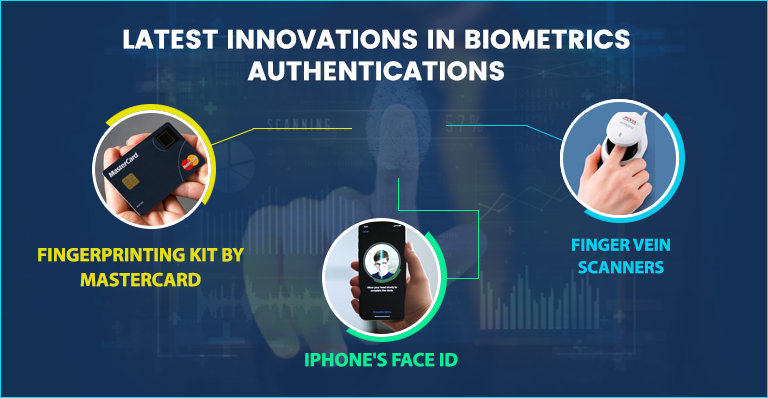24x7x365 Support No. 011-40848888 (Except National Holidays)
24x7x365 Support No. 011-40848888 (Except National Holidays)

Posted On: March 7, 2019
/Categorized In: Biometric Devices / Biometric News & Updates / Biometric Technology
/Written By: Starlink
Biometrics is a term that is used to refer to the different measurements and calculations of the human body. It is often sued in the Information Technology fields as a form of identification as well as access control. The measurements are stored in a matrix form and are considered to be irreversible and unique. This is one of the reasons why biometrics plays a critical role in the modern world.
The inception of biometrics started in the 1980s when fingerprints were used to identify criminals. Since then, technological advancements have helped biometrics become an important aspect of lives all over the world. In fact, biometrics has made it possible to use different parts of the human body like palm vein, finger vein, iris scan, facial recognition, voice recognition, brain waves and so on to be sued for identifying a particular person.
Let’s take a look at how biometrics has become a part of your everyday life:
Biometric identification and authentication have made it possible to introduce an extra level for security to your life. In fact, the latest smartphones have started unveiling features like iris scan, voice recognition and facial recognition to help users keep track of their security. People have started realizing the importance of their data and refer to protect its biometric measures rather than relying solely on pins and passwords.
Also Read: Is Biometrics more Secure than Passwords?
The financial world has started using biometric technology to help account holders to go ahead with transactions, loan applications, and other services even if they do not remember their account number. This system will help prevent fraudsters and scammers from tricking people into revealing their passwords or pins.
Also Read More: Why Biometrics Should Be Essential for Global Financial Inclusion
Biometric technology has made it possible for architects to understand how long people focus on the different parts of a building and which parts tend to attract more attention. In fact, this system can be integrated with brainwave scanning to get the exact emotion of the person seeing the design.
This critical aspect of biometric technology is used by high-security facilities all over the world to restrict the handling of data and classified information. This added security measure plays an important role in preventing classified information from being misused or misinterpreted.
Biometrics is a fast evolving field with new innovations popping up almost every day. Here are a few of the latest ones:
This kit enables the customers to register their fingerprint onto a biometric card without visiting a bank. This helps streamline the enrollment process and help authenticate card users faster.
This is the latest offering from the Apple, bypassing the requirement for the fingerprint sensor. This is believed to change the way all kinds of transactions will be handled over the smartphone soon.
Also Read: Face Detection Technology Works Also In The Dark
Schools in Denmark are currently testing out a new system which allows students and staff to make purchases at the school cafeteria with the help of finger vein scanners. This eliminates the requirement of any physical payment instrument. In fact, finger vein scanners are considered to be more secure than fingerprint authentication systems.
The astonishing growth in biometric technology is proof that it will become an integral part of every field in the near future. In fact, experts in the industry expect biometrics to be a major part of the healthcare industry in the coming years. Some of the new innovation you can look forward to in the future include odor recognition, heartbeat measurement, sweat recognition and so on. At the end of the day, it won’t be surprising to see biometrics replace all forms of security measures in the near future.
Also Read: Benefits of Access Control System
Checkout our other products:
